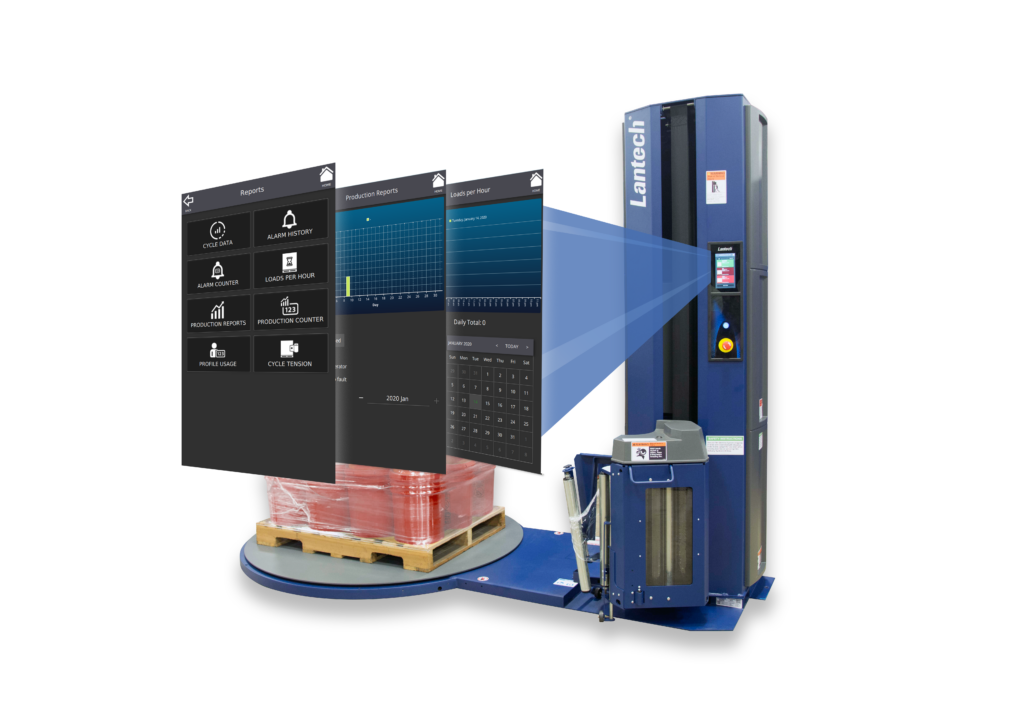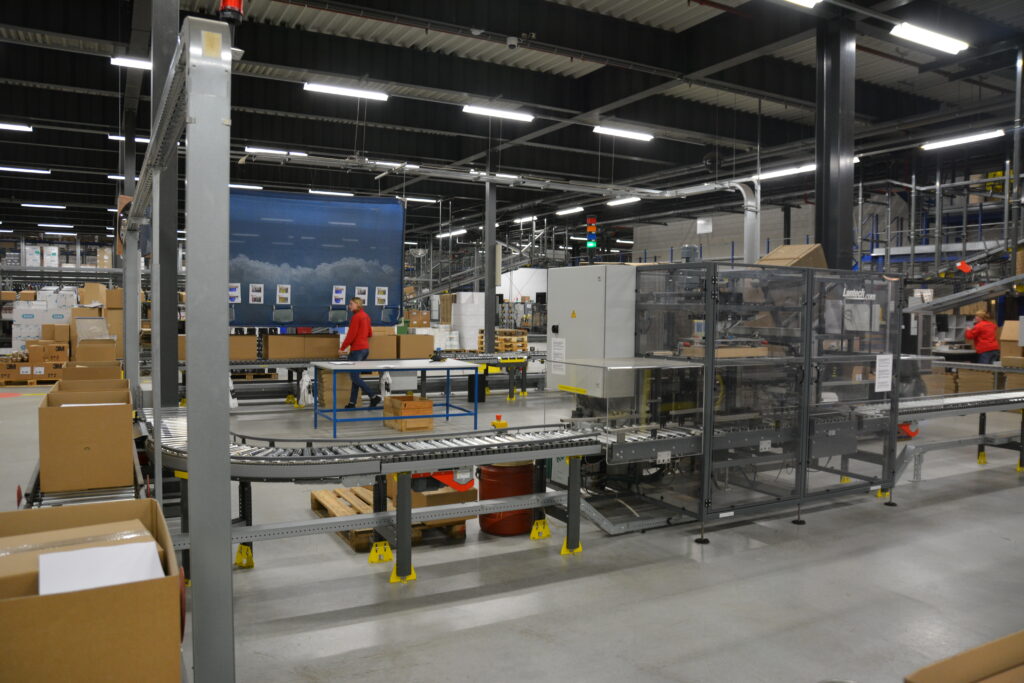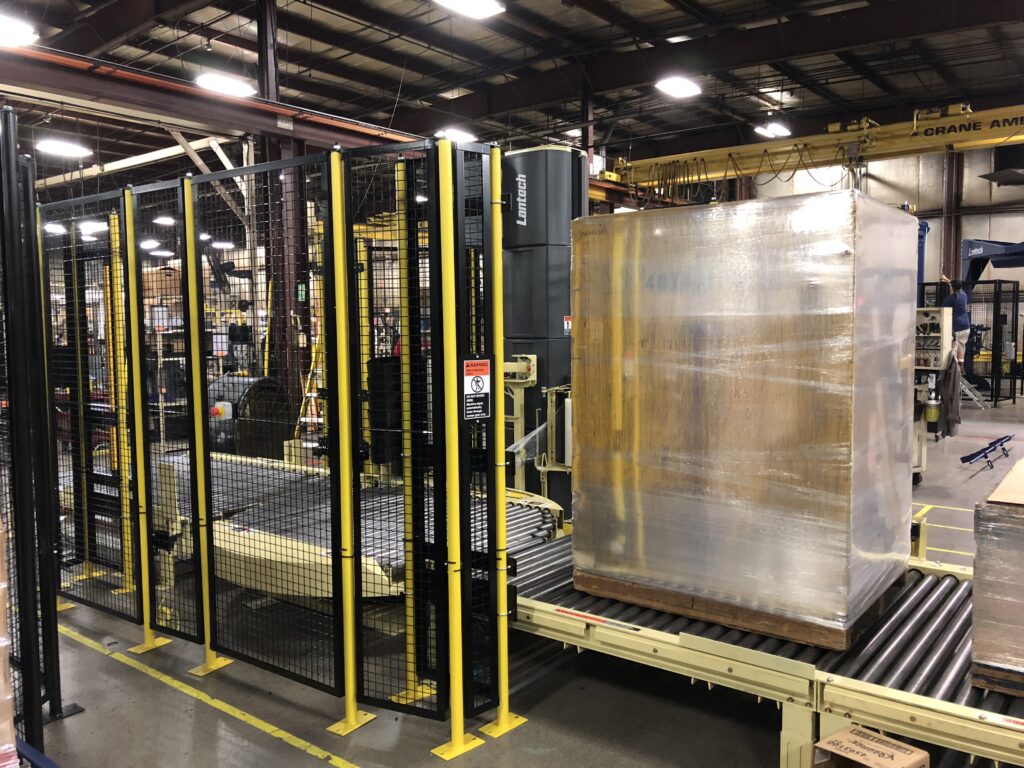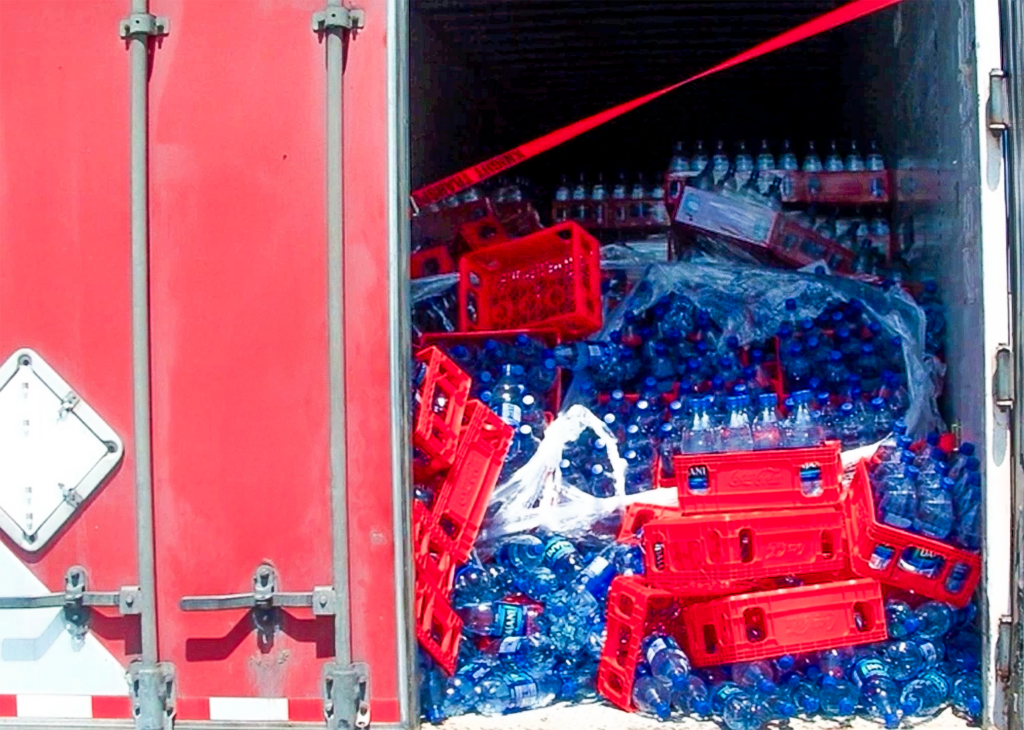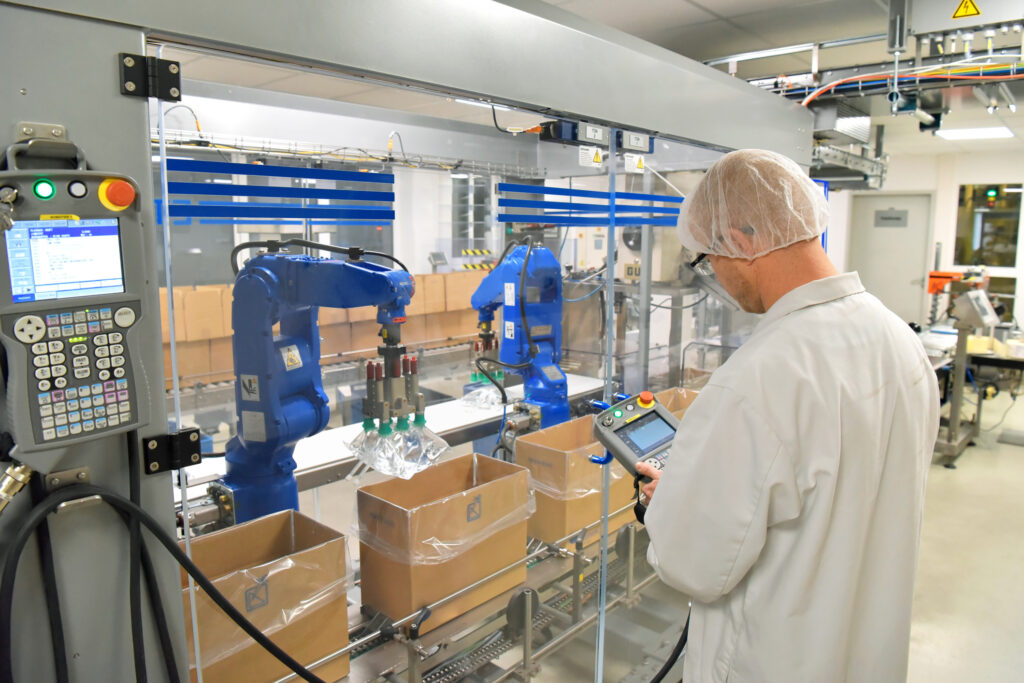What is a Factory Acceptance Test (FAT)?
A Factory Acceptance Test (FAT) is a series of tests and inspections that are completed by an equipment supplier. The purpose of the FAT is to identify any problems or issues with the machine before it is shipped to the purchaser.
What does a typical FAT consist of?
The specific tests and inspections that comprise a FAT are determined by the equipment being tested. However, there are some common elements to the FAT across industries.
Typically, the FAT will entail a static review and a dynamic review.
The Static Review
The static review is used to verify the equipment meets the base requirements for construction, setup, and maintainability.
Four main topics are covered by the Static Tests:
- Safety Inspection
- Document Inspection
- Mechanical Inspection
- Electrical Inspection
The specific types of inspections, standards, and requirements will vary depending on the type of equipment.
The Dynamic Review
The Dynamic Review includes both a dry test and a performance test. Dry tests are performed without products, to test basic function (e.g. noise level) and change over (e.g. change over time). They are based on checklist review.
Performance tests are performed with product and packaging materials, to test operational function (e.g. performance, speed loss…) and quality (e.g. package appearance, integrity…). They are also based on checklist review.
Preparation is key to getting the most out of a FAT
Packaging World published a helpful article on the “Roadmap for a successful Factory Acceptance Test.” Their suggestions are invaluable to ensuring a successful FAT, and we highly recommend reading through their article if you have never be involved with a FAT before.
However, here are a few of the tips you can use to set your stretch wrapper FAT up to deliver the greatest benefit.
- Use the right materials. In the FAT, use the materials that will be put in operation during actual production. Not using them may compromise test validity. With stretch wrappers, specifically, providing the film that will be used in production is also a key component as the gauge & quality of the film has a significant impact on how the machine is set up and its overall performance.
- Engage the operators and technicians. Focus on the personnel who will ultimately be responsible for running the machines, those who “own the line.” Sending engineers isn’t sufficient; the operators will see what makes the most sense on the line.
- Be smart about training. If training is provided as part of the FAT, make sure the people being trained are those who will run the line, not the engineers. Train and educate the right people.
- Create and follow a detailed “failure script.” Make an inventory of the type of failures you might experience in production, as well as expected outcomes. Use this checklist to fully assess machine performance during the FAT.
- Check safety with a keen eye. Complete a review of the equipment from a safety perspective. Look for poorly guarded areas and pinch points.
You may be interested in these posts:
- 15 Best Operating Tips for Semi-Automatic Stretch Wrappers
- Find out how a stretch wrapper can drive cost savings, improve productivity and reduce injury. Download our free guide to Machine Stretch Wrapping today.
This post was published on October 17, 2016 and updated on October 26, 2018.

